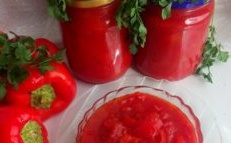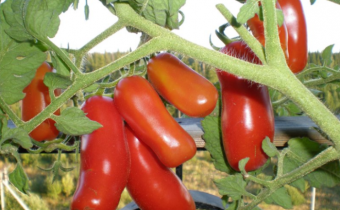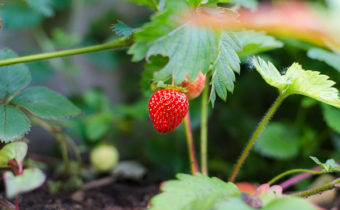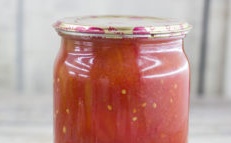Fish full garden! Powerful feed from waste
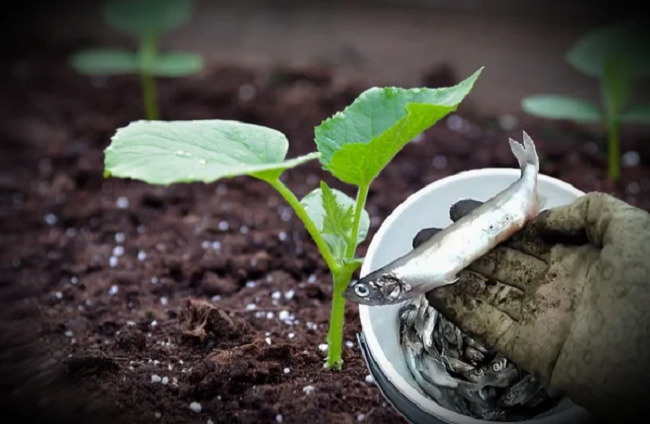
Modern summer residents are increasingly seeking natural farming and try to fertilize plants only with organic matter. So, experienced gardeners use not only cow dung, bird droppings, yeast goo and infusions of meadow grasses as mineral dressing, but also fish.
Take note of this, and the next time you throw away fish entrails, bones or scales, send them to the garden, not to the trash can.
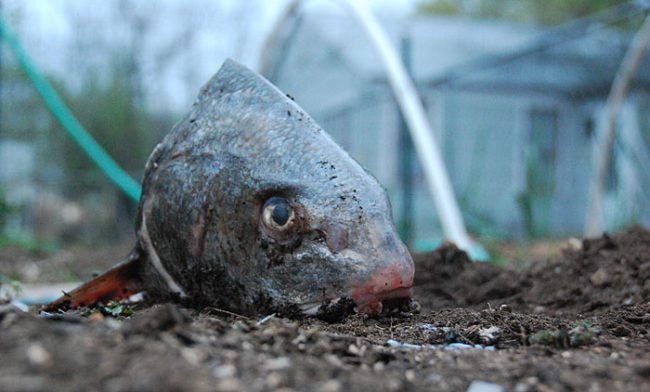
The benefits of fish for soil garden plants
River fish is best suited for feeding plants, although it is no less successful in saturating the soil with nitrogen and marine small fish. In the process of decay of animal products, saturated not only with protein, but also with minerals, for example:
- calcium;
- fluorine;
- phosphorus;
harmless fertilizers are obtained.
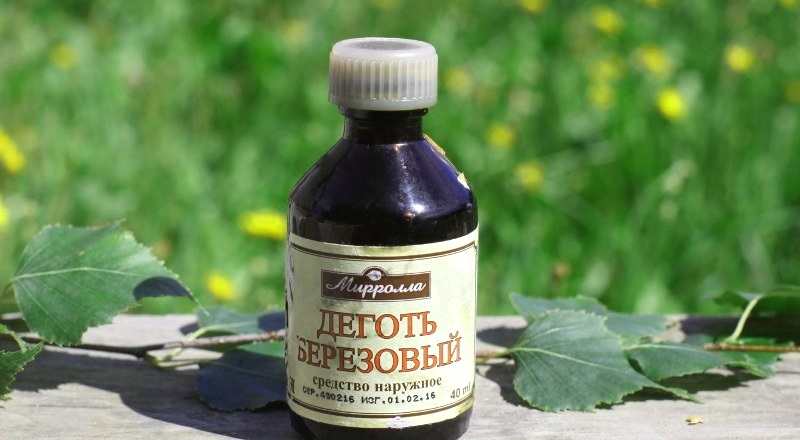
All of them are necessary for the full development of plants, and also guarantee an enviable harvest with the best taste. Natural fertilizer can be used both independently and in combination with other means to enhance the growth of crops.
Fish residues can be used for feeding all solanaceous (potato, tomato, eggplant, sweet pepper), cruciferous (radish, cabbage) and cucumbers without exception.
Where did this method come from?
Fertilizer fish and fish residues - a way that has proven itself well in the last century. It is not known for certain who invented the use of the remains, but it was definitely noticed that in the places of the former reservoirs there were vegetable gardens and collective farms the fields were more fertilethan manure-fertilized areas.
Amateur gardeners, who lived in the times of the Union, and state farms located in the Krasnodar Territory and other coastal areas, used the cheapest fish such as hamsa, sprat or sprat to fertilize land. She quickly rotted and benefited. At the same time, the cost of feeding was minimal, because the price of a kilogram of the product was low (about 10 Soviet kopecks).
How to fertilize the garden fish waste and where to get them
Use fish residues can be in the original and processed form. In the first case, fresh insides and bones or a spoiled product are used, and in the second case:
- bone residues;
- fish flour;
- complex fish waste composts.
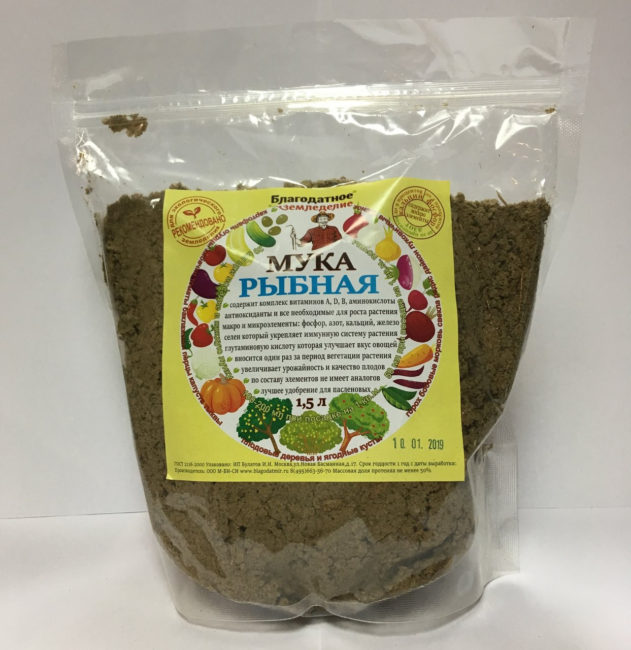 Prepare a useful mixture at home can be of straw, sawdust, husk of cereal and any fish. Clear proportions do not exist, because the main thing in this situation is the method of preparation, but many amateur gardeners prefer to take all the components in equal shares.
Prepare a useful mixture at home can be of straw, sawdust, husk of cereal and any fish. Clear proportions do not exist, because the main thing in this situation is the method of preparation, but many amateur gardeners prefer to take all the components in equal shares.
To obtain mineral fertilizer, you need to prepare a compost box, which needs to be filled in layers with fish fins, skeletons and viscera, alternating them with:
- rice or cereal husk;
- sawdust and fine chips;
- straw
It is recommended to put products in layers no thicker than 15-20 cm.
This will accumulate the right amount of nitrogen. All the workpiece must be poured abundantly with water. After 10 days in the summer (2 weeks in the fall or spring), the compost should be mixed and re-watered.Repeat the procedure should be up to the moment when the fertilizer acquires a homogeneous consistency.
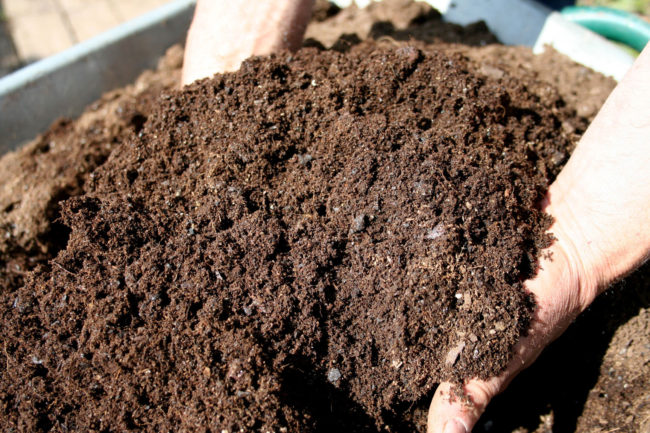
It is not recommended to leave the animal product in its pure form or immediately lay it on the garden mixed with the ground, as this will delay the process of decay and “reward” the owners of the site and their nearest neighbors with a stench. And still available fish will attract hungry animals and hordes of green flies.
Where to get the main product? Agree in a fish store, the owner of which has to pay for the disposal of the viscera remaining during cutting and cleaning the carcasses.


